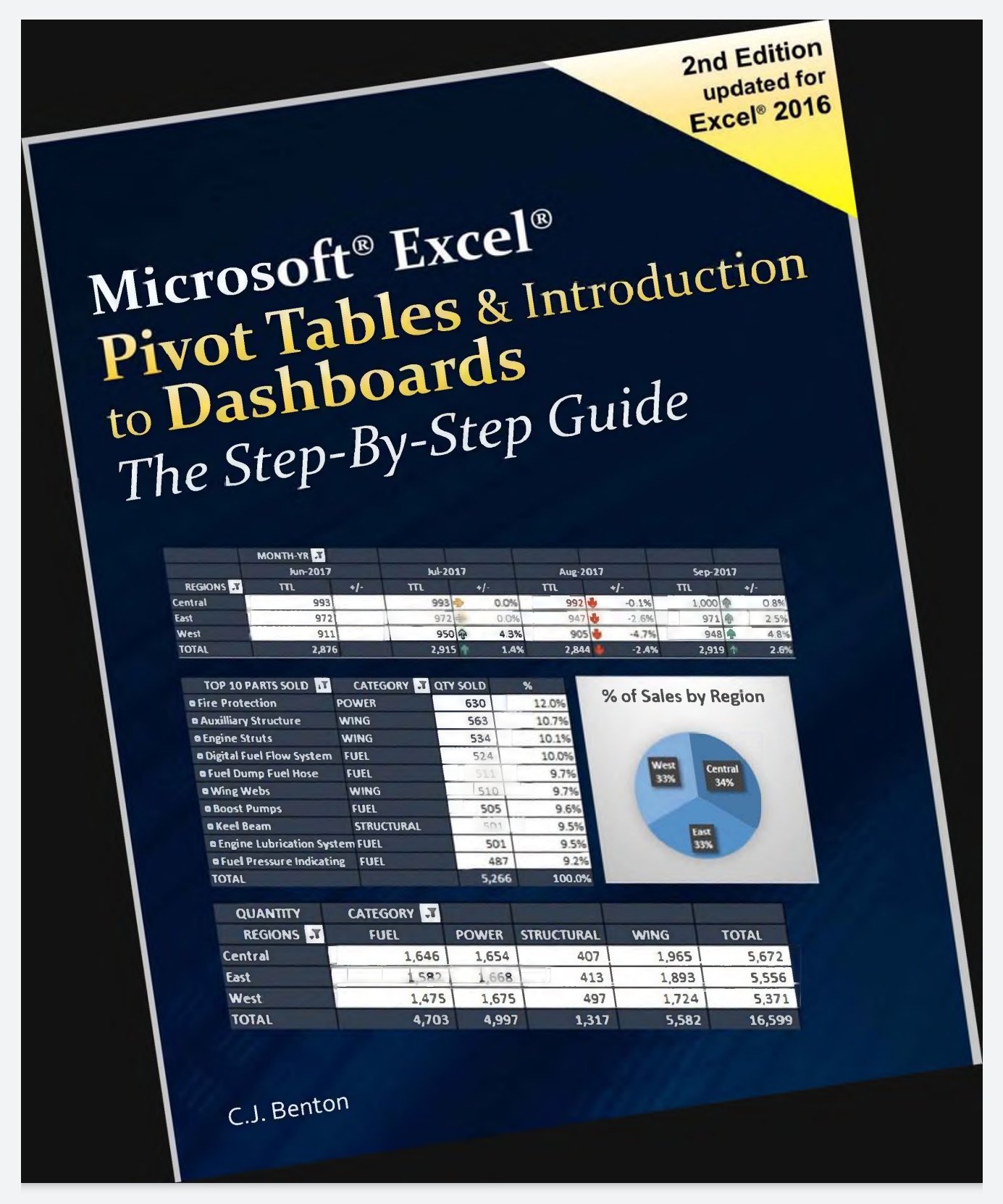5 Steps to Mastering Pivot Tables in Excel

Mastering Pivot Tables in Microsoft Excel is akin to acquiring a superpower for managing, analyzing, and presenting vast amounts of data. For many, Excel might seem daunting, but once you unlock the potential of Pivot Tables, you'll transform the way you handle data analysis. Here are five comprehensive steps to mastering this powerful tool, tailored to optimize your learning experience for SEO.
Understanding Pivot Tables

Pivot Tables are an Excel feature that allows you to extract significance from a large, detailed dataset by summarizing, analyzing, sorting, and presenting it in a tabular format. They are dynamic and can be manipulated to instantly change the perspective of your data analysis:
- Summarize Data: Easily aggregate data by performing operations like sum, average, count, etc.
- Filter and Sort: Filter data to show only what’s relevant or sort to prioritize data based on criteria.
- Group Data: Categorize data into different levels of detail.

🔍 Note: Understanding the basic principles of how Pivot Tables work is the foundation of all subsequent steps in mastering this tool.
Setting Up Your First Pivot Table

Creating your first Pivot Table is an exhilarating experience:
- Select Your Data: Ensure your data is in a table format or is named as a range.
- Access the PivotTable Wizard: Navigate to Insert > PivotTable.
- Choose Data Source: Decide whether to use an existing range or an external data source.
- Decide on Placement: Choose where to put your Pivot Table.
- Drag and Drop: Use the Pivot Table fields pane to design your table.
💡 Note: Always ensure your source data is well-organized. Errors or inconsistencies can lead to problematic Pivot Tables.
Designing Your Pivot Table

Once you have your table, you can fine-tune it to meet your specific needs:
- Layout Options: Decide between Compact, Outline, or Tabular form.
- Field Settings: Customize each field with options like custom calculations, value field settings, etc.
- Formatting: Use styles, conditional formatting, and totals/subtotals to enhance readability.

🌟 Note: Mastering design settings allows for creating Pivot Tables that not only display data but also tell a story.
Advanced Techniques in Pivot Tables

With the basics under your belt, explore advanced features:
- Slicers and Timelines: Use for interactive filtering.
- Calculated Fields: Perform calculations within the Pivot Table.
- Grouping: Group data for dynamic analysis.
- Data Analysis Expressions (DAX): For complex data analysis.
✏️ Note: Advanced features can significantly extend the capabilities of Pivot Tables, making your analysis more comprehensive.
Sharing and Presenting Your Pivot Tables

Mastering Pivot Tables also means sharing your insights effectively:
- Export Options: Export to PDF, PowerPoint, or other formats.
- Interactive Dashboards: Create dashboards for real-time data presentation.
- Collaboration: Share on cloud services for team access.
👩💻 Note: Your ability to present data in a visually appealing and interactive manner can greatly influence how your findings are perceived.
In this in-depth journey through the world of Pivot Tables, you've learned not just how to create and manipulate them but also how to leverage their advanced features for sophisticated data analysis. By following these steps, you're equipped to handle any data set with confidence and creativity, making you an invaluable asset in any data-driven environment. Whether it's for business reporting, financial analysis, or any other data-intensive task, Pivot Tables will become your go-to tool for quick insights and powerful presentations.
What is a Pivot Table used for?

+
A Pivot Table is primarily used for summarizing, analyzing, and exploring data, allowing you to see trends, patterns, and statistics with ease.
Can I refresh the data in a Pivot Table?

+
Yes, Pivot Tables can be refreshed to reflect any changes in the source data by selecting “Refresh” from the PivotTable Tools > Options.
What is the difference between a Pivot Table and a regular table?

+
A regular table simply displays data in rows and columns, while a Pivot Table dynamically summarizes and analyzes this data, providing insights through interactive and customizable views.